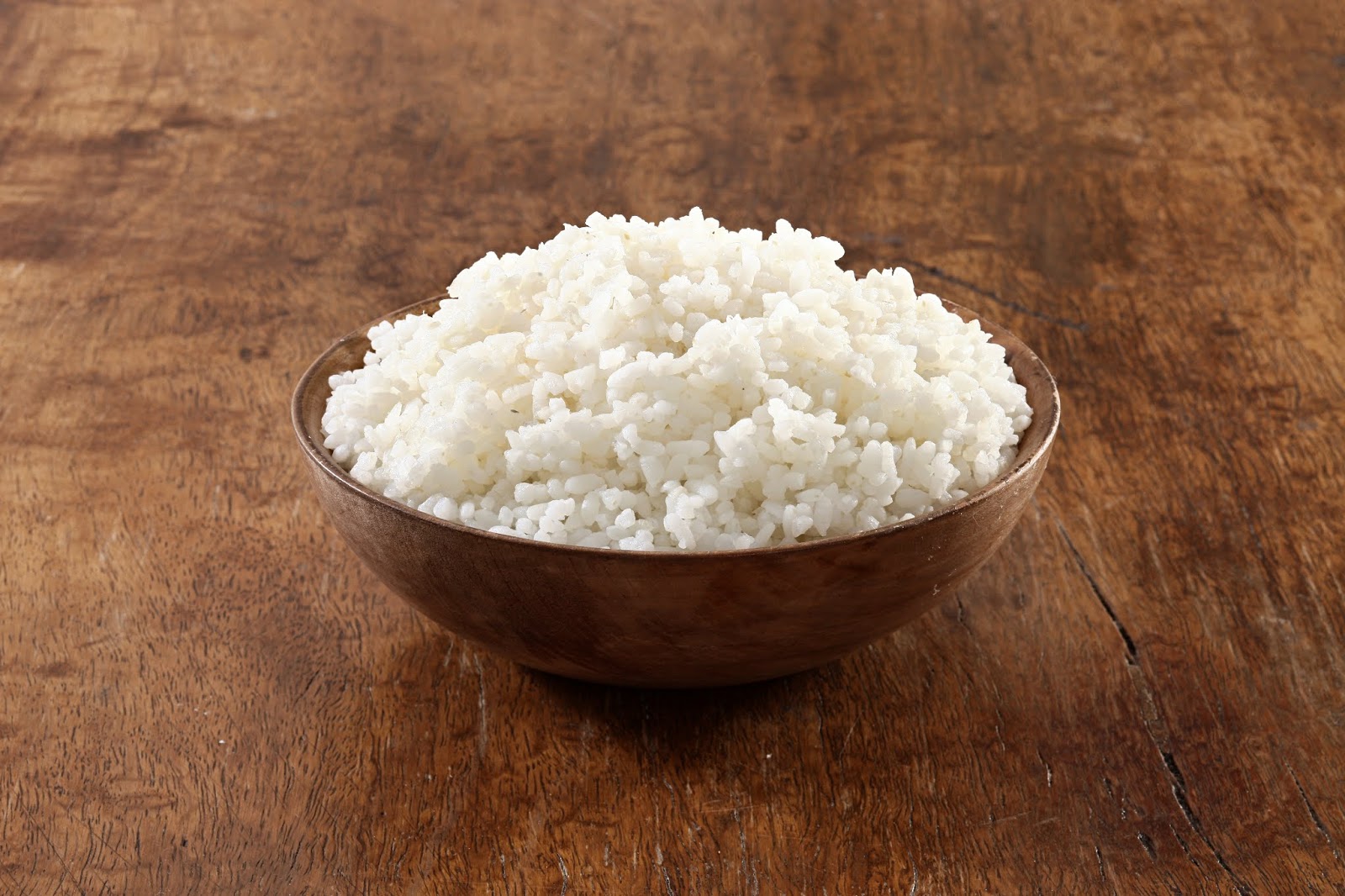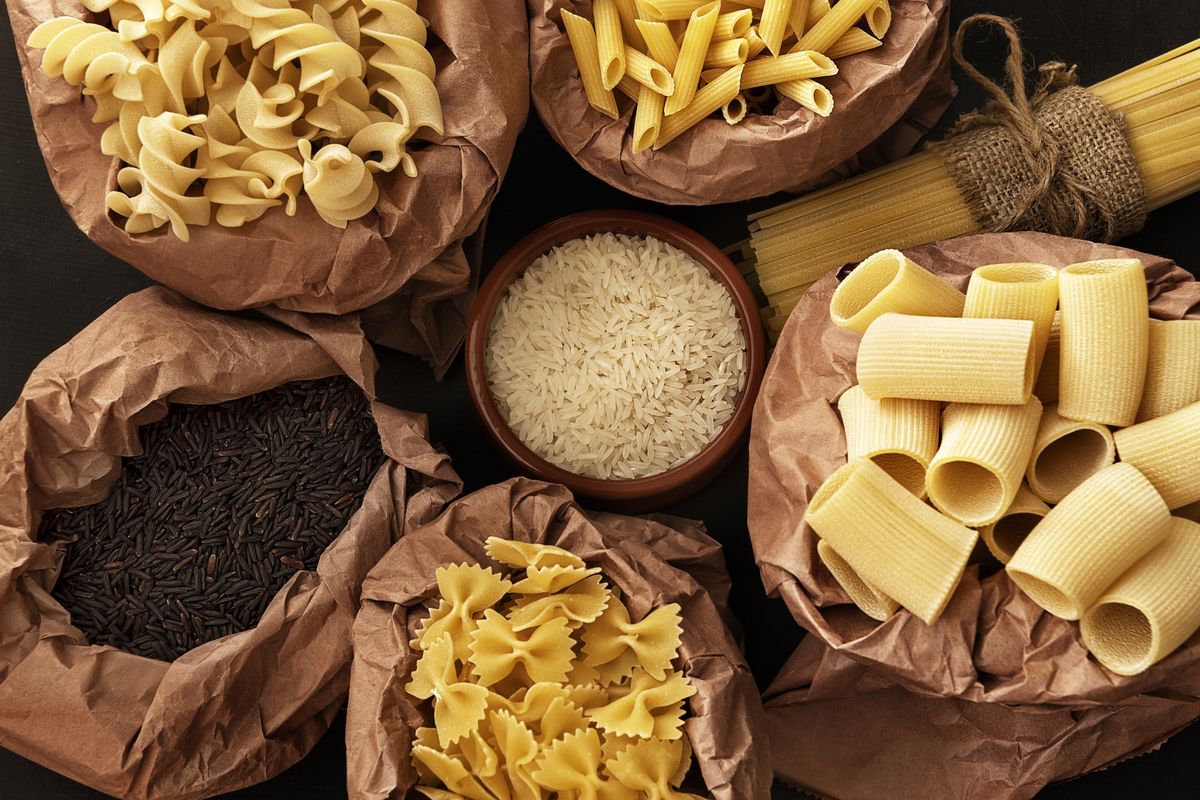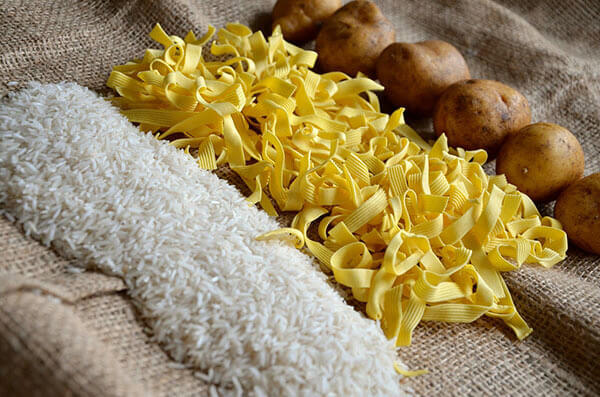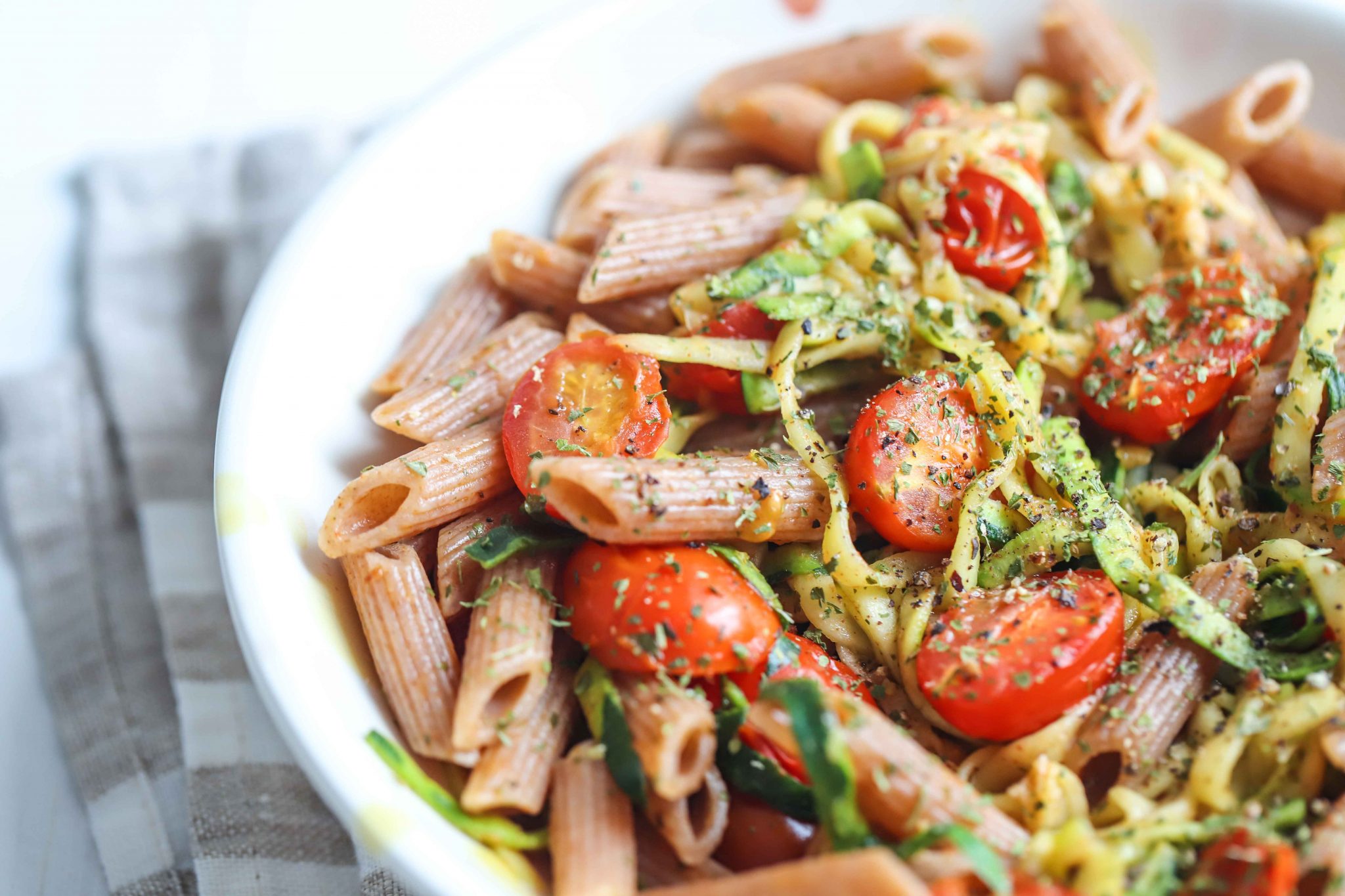Understanding the Connection: Is Rice a Pasta?
The question “is rice a pasta?” has sparked curiosity among food enthusiasts and nutrition experts alike. While both rice and pasta are staple foods in various cuisines, they cater to different dietary preferences and have distinct nutritional profiles. This article aims to explore the similarities and differences between rice and pasta, providing a comprehensive analysis that will help answer the question at hand.
Understanding Rice: A Staple Food Worldwide
Rice, a staple food for over half of the world’s population, has a rich history dating back thousands of years. Originating in Asia, rice cultivation has spread to various regions, including Africa, Latin America, and the United States. Produced through a meticulous process involving flooded fields, rice farming requires careful attention to water management and soil conditions. As a grain, rice is classified into three primary categories: long-grain, medium-grain, and short-grain, each with distinct textural and culinary characteristics.
Rice plays a significant role in various cuisines, from Asian and Middle Eastern to Latin American and Caribbean dishes. Its versatility allows it to be prepared in numerous ways, such as steaming, boiling, and frying, making it a versatile and beloved staple worldwide. However, despite its widespread consumption and importance, the question “is rice a pasta?” remains a common misconception, as rice and pasta cater to different dietary preferences and nutritional profiles.
Exploring Pasta: A Versatile Italian Classic
Pasta, a cherished culinary tradition in Italy, has a long and storied history dating back to ancient civilizations. Although its origins are debated, pasta as we know it today is primarily associated with Italian cuisine. Manufactured from durum wheat, pasta is made by mixing semolina flour with water, then extruding the dough through bronze dies or molds, resulting in various shapes and sizes. The manufacturing process can be divided into two categories: dried pasta, which is typically shelf-stable, and fresh pasta, which has a shorter shelf life and requires refrigeration.
The diversity of pasta is vast, with over 350 known shapes, each with its unique name and purpose. From spaghetti and linguine to farfalle and rigatoni, pasta can cater to various sauces, textures, and flavors. However, despite the common misconception that “rice is a pasta,” pasta is distinctly a type of noodle made from durum wheat, not a grain like rice.
How to Incorporate Rice and Pasta in a Balanced Diet
Incorporating rice and pasta into a balanced diet is achievable with mindful portion control, ingredient selection, and cooking methods. For rice, opt for whole-grain varieties, such as brown or black rice, as they provide more fiber and nutrients than refined white rice. When preparing pasta, choose whole-grain or legume-based options, like chickpea or lentil pasta, to increase fiber and protein intake. Limit serving sizes to approximately 1/2 cup of cooked rice or 1 cup of cooked pasta per person, and balance meals with ample vegetables, lean proteins, and healthy fats.
When cooking rice, consider using methods such as steaming, boiling, or baking to minimize oil and added calories. For pasta, cook al dente to reduce glycemic impact and maintain a satisfying texture. Experiment with various herbs, spices, and sauces to create flavorful, nutrient-dense dishes. By following these guidelines, you can enjoy rice and pasta as part of a balanced and diverse diet, putting the question “is rice a pasta?” aside and focusing on the unique qualities each food brings to the table.
Nutritional Comparison: Rice vs. Pasta
Comparing the nutritional profiles of rice and pasta reveals both similarities and differences. A 1/2 cup serving of cooked white rice contains approximately 103 calories, 1.3 grams of fiber, and 2.7 grams of protein. The same serving size of cooked pasta, such as spaghetti, provides 221 calories, 1.5 grams of fiber, and 8.1 grams of protein. While white rice has fewer calories and slightly more fiber, pasta offers significantly more protein, making it a more satiating choice.
When comparing micronutrients, both rice and pasta contribute essential vitamins and minerals to a balanced diet. However, enriched pasta often contains higher levels of folate, iron, and B vitamins than rice. On the other hand, rice may provide more magnesium and selenium than pasta. It is important to note that whole-grain rice and pasta options generally offer more fiber, protein, and micronutrients than their refined counterparts.
In conclusion, the nutritional comparison between rice and pasta demonstrates that both foods have unique nutritional profiles. By choosing whole-grain options and practicing portion control, individuals can enjoy rice and pasta as part of a balanced and diverse diet, answering the question “is rice a pasta?” with a clear understanding of their distinct differences and similarities.
The Role of Rice and Pasta in Different Cuisines
Rice and pasta each hold unique roles in various global cuisines, further distinguishing them as separate food categories. In Asian cuisine, rice is a staple, serving as the foundation for dishes like sushi, stir-fries, and curries. In Italian cuisine, pasta takes center stage, with countless shapes and preparations, from spaghetti aglio e olio to lasagna.
In Latin American and Caribbean cuisine, rice and pasta often appear side by side, complementing each other in dishes like arroz con pollo and feijoada. Meanwhile, in Middle Eastern and Mediterranean cuisine, rice and pasta are used strategically, with rice typically served alongside grilled meats and pasta incorporated into soups and salads.
Exploring the diverse culinary applications of rice and pasta highlights their distinct characteristics and versatility. Understanding these differences allows individuals to appreciate the unique qualities of each food and to enjoy them as part of a balanced and diverse diet, further addressing the question “is rice a pasta?” with a resounding no.
Addressing the Question: Is Rice a Pasta?
After examining the history, production, and nutritional profiles of both rice and pasta, it is clear that rice is not a pasta. Although they share some similarities, such as being staple foods in various global cuisines and often being served as side dishes, they belong to distinct food categories.
Rice is a grain, while pasta is a type of noodle made from durum wheat. Each has unique nutritional profiles, with rice generally containing fewer calories and less protein than pasta. Additionally, they play different roles in various cuisines, with rice being more prevalent in Asian and Latin American dishes, and pasta being a staple in Italian and Mediterranean cuisine.
By understanding the differences between rice and pasta, individuals can make informed decisions about incorporating these foods into a balanced and diverse diet. Embracing the unique qualities of both rice and pasta allows for a more varied and nutritious meal plan, ultimately leading to a healthier lifestyle.
Conclusion: Embracing the Diversity of Grains and Noodles
Throughout this analysis, we have explored the fascinating world of rice and pasta, ultimately answering the question “is rice a pasta?” with a definitive no. Although they share some similarities, these two staple foods have distinct differences in their origins, production, and nutritional profiles.
By understanding the unique qualities of rice and pasta, individuals can make more informed decisions about incorporating these foods into a balanced and diverse diet. Emphasizing whole grains, such as brown rice and whole-grain pasta, can provide essential nutrients and fiber, contributing to overall health and well-being.
Incorporating both rice and pasta into a balanced diet allows for a more varied and culturally rich meal plan. From the delicate flavors of Asian cuisine to the hearty dishes of Italy, these foods offer endless possibilities for culinary exploration and enjoyment. By embracing the diversity of grains and noodles, we can enrich our palates and nourish our bodies in a world full of flavor and tradition.







